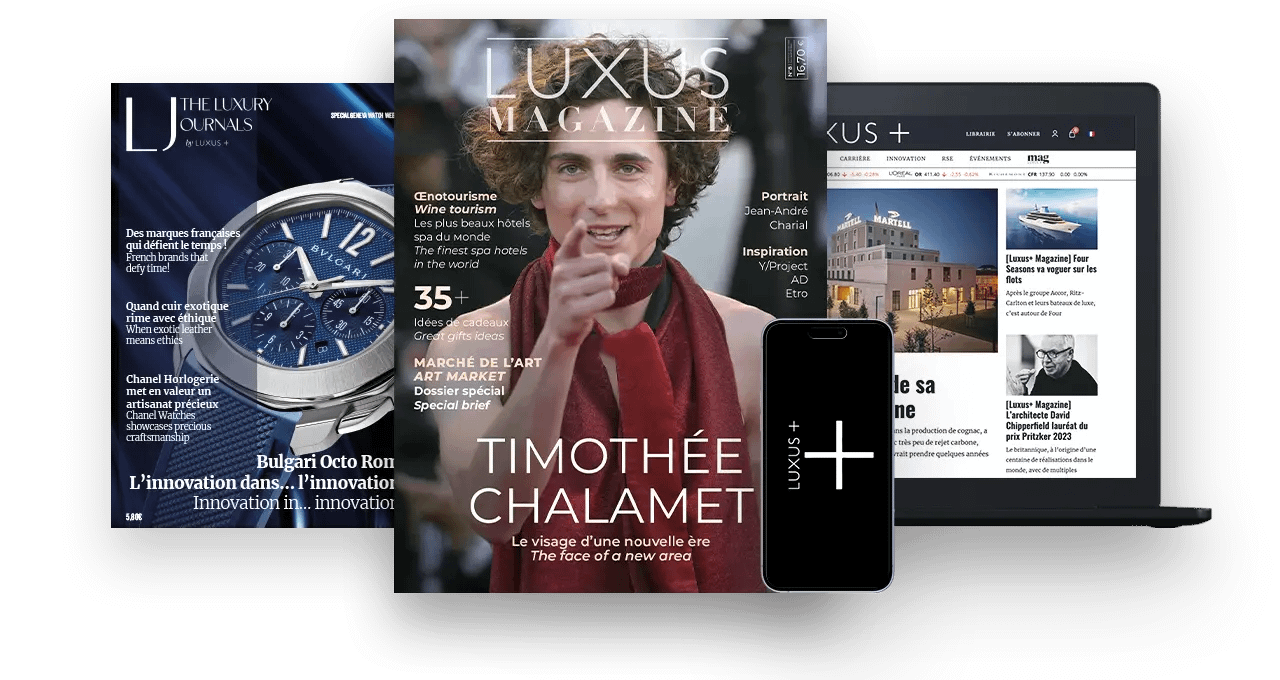The latest half-yearly report from Bain & Company and Altagamma confirms the scenario of a less invigorating 2024 for the global personal luxury goods market, with growth of just 0-4% at constant exchange rates. And all this while luxury continues to flourish in the field of experience. Joëlle de Montgolfier, Global Director of Research for Bain & Company’s Global Consumer, Retail and Luxury business, commented on this latest study for LUXUS PLUS. EPISODE TWO.
2024 will not be a prosperous year for the luxury goods industry, according to the latest half-yearly report published on June 18 by Bain & Company in collaboration with Altagamma, the Italian business organization for the sector.
The Bain/Altagamma study has slightly lowered its estimates of last November, assuming a growth scenario of 0 to 4% compared to 2023 for the personal luxury goods market (including fashion, accessories, beauty and fragrances, jewelry and watches).
Although, as Joëlle de Montgolfier, Global Director of Bain & Company’s Consumer, Retail and Luxury Goods Research, points out, a more optimistic scenario of “+4 to +6%” is not entirely out of the question…
Whatever the case, luxury brands, especially those positioned in the personal goods category, will have to pull the right levers to stay in the race…
After reviewing the luxury consumption patterns described by Bain in its quarterly study, we’ll now turn to the state of the different geographic markets.
The “shame of luxury” in China
Geographically, the sector’s No. 1 concern is China, “in a phase of stagnation”, with “after two and a half years of growth, a lassitude towards personal luxury products”, explained Federica Levato, partner at Bain & Company, to Reuters.
Joëlle de Montgolfier (Bain & Company), for her part, points out that “the Chinese were quite traumatized by the almost two-year closure linked to covid” and that “since the reopening at the end of 2022, they need to catch their breath”. Moreover, the experience of the pandemic has prompted them to “reallocate spending“, in particular to healthcare. They have also realized that they need to take care of their parents and grandparents…
The slowdown in luxury consumption in the Middle Kingdom is also linked to the revival of Chinese tourism abroad, on the one hand, and, on the domestic market, to growing economic uncertainties and difficulties for many middle-class households, with rising unemployment. All this is leading to an unprecedented phenomenon in the country, the emergence of “luxury shaming” behaviour similar to that seen in America during the financial crisis of 2008 – 2009,” explains Bain.
As a result, Chinese luxury consumers are shying away from displaying themselves and frequenting shopping malls, going instead to private appointments, ” private events, such as art auctions, taking place in a more hushed setting” points out Joëlle de Montgolfier (Bain & Company). They also prefer less ostentatious fashions to more blinged-out items…
Hainan Island less attractive
Read also > BAIN & COMPANY X ALTAGAMMA STUDY: GLOBAL LUXURY WILL GROW LITTLE IN 2024 – PART 1/2
Featured Photo: © Tinki/Unsplash




































